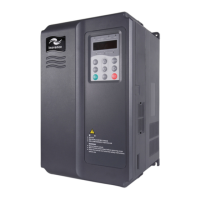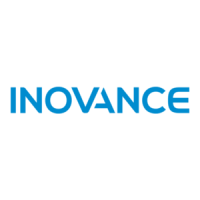What does Err20 mean on Inovance DC Drives?
- HharrisonsheriSep 12, 2025
Err20 can mean that the resolver model does not match the motor; use the push-pull output or open-collector output resolver for the asynchronous motor. It may also indicate incorrect cabling of the resolver; eliminate external problems such as wiring error.






